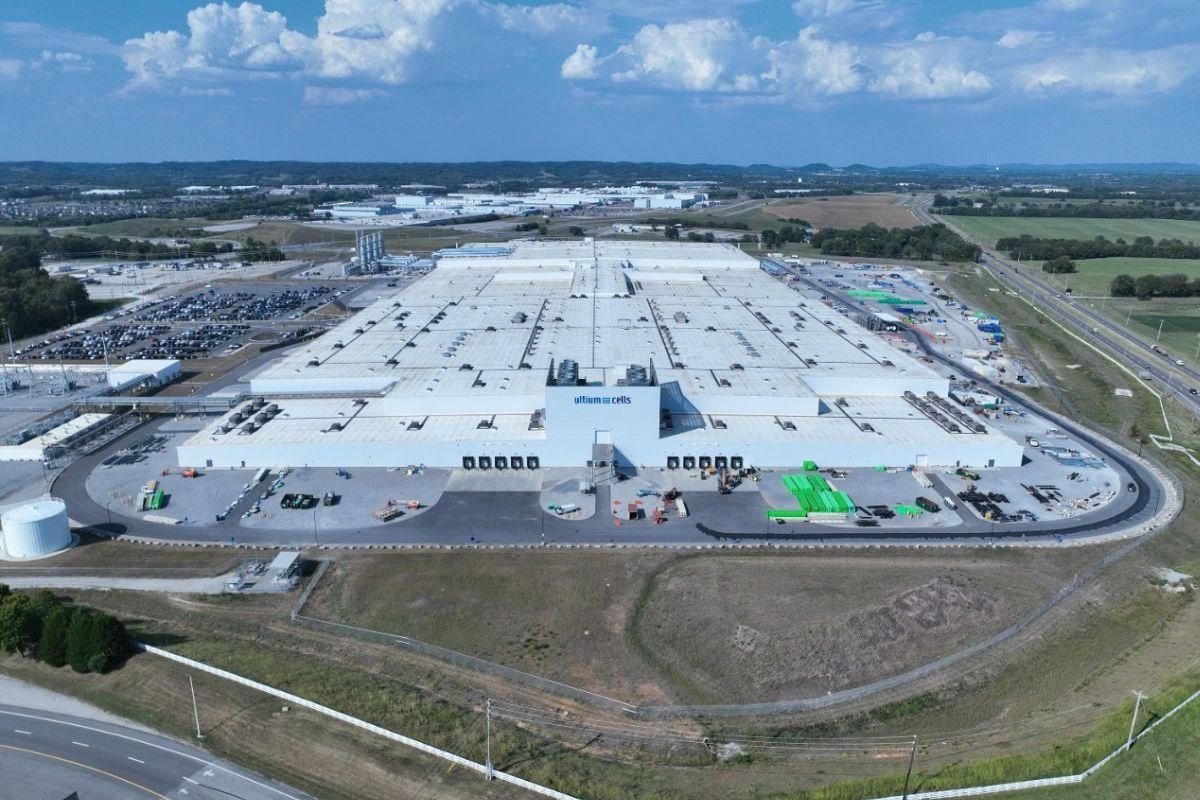If your area loses power for days, it may be essential to drive to a shelter or travel to obtain services. When millions of other people also may need a hotel, the distance you must drive could be considerable. And in the end, you may end up sleeping in your car.
With an electric car, you can plug it in on your home charger or wall outlet well in advance. But remember that people may overwhelm local gas stations in advance of a storm, so plan to fill up as early as you can.
You may be tempted to fill up gas containers and bring them with you on your trip. This isn’t safe to do in a car or SUV, or even with a pickup truck that has an open bed:
• You can be exposed to and breathe in harmful gas fumes.
• The fumes are flammable and can ignite.
• In the event of a crash, the containers will pose a significant safety and fire risk.
It’s best to replace your wiper blades so you don’t get stuck with a streaky, obscured windshield. But if you can’t get any before a storm, at least freshen the existing ones by wiping them with a paper towel moistened with window cleaner. In our tests, we have found that this simple action can often add a month or two of service.
When it’s time to go, you don’t want a simple flat tire to hold you back. If debris litters the streets, the chance of a tire puncture is much greater.
It’s highly recommended that each family member prepare an emergency bag. Likewise, you should have one in the car, with cash (ATMs may be empty or not have any power), water, food, clothes, and other living essentials, including medications, in case you need to bolt. Should the house sustain significant damage, you can’t count on being able to retrieve everything that you might otherwise want for travel.
In the event that your cell phone battery dies or you can’t get a strong enough cellular signal to run Apple Maps, Google Maps, or Waze, you may want to consider having a paper regional map with you. You can even mark it up with an evacuation route copied from your state government’s website.
A cell phone can provide a vital lifeline to friends, family, and emergency services. Should the neighborhood lose power, make sure you have a charger in the car to power up your phone.
In addition to jump-starting your car’s battery, a battery jump-starter can also recharge portable devices such as mobile phones and tablets.
It seems simple, but it’s important. Make sure the windows and sunroof are all closed tightly.
This goes for your car as well as your home. According to Mercury Insurance, take photos or videos of your vehicle(s) as well as your home and major items before a storm in case you need to prove that it caused the damage.
This will help reduce the risk of flooding. A water-damaged car is an expensive, disappointing boat anchor.
In the South, modern homes are built to hurricane codes, with structures and even garage doors engineered to withstand harsh storms. If that’s not the case where you live, consider parking your car outside, tight against the garage door—sideways—to block high-speed winds and hopefully preserve the door’s integrity. If true hurricane-force winds break through the garage door, the storm can do serious structural damage. With an attached garage, that damage can quickly extend to the house.
If possible, keep a copy of the car insurance paperwork in a zip-top bag within your go bag. If the car is damaged, don’t delay calling the insurance company for days. Chances are, you’re not alone, and the local repair shops will quickly be booked up.
If you decide to drive away from a storm before the harsh winds arrive, drive safely. Don’t speed, especially in the rain. The faster you drive, the greater the risk of hydroplaning, when water causes a vehicle’s tires to lift off the road surface. Stick to major roads.
According to Myles Mitchom, spokesperson for State Farm Insurance, it’s important to avoid flooded areas, especially ones with rapid water flow. “Keep things safe and simple; reschedule your plans if you’re aware of flooding in the area,” he says. “If flooding occurs when you’re on the road, stay on high ground.” He adds that it’s important to remember not to camp or park your vehicle along streams or other water, especially when conditions are threatening.
Avoid shortcuts. They are more likely to create problems, especially after a storm (trees down, flooding), and less likely to have emergency workers keeping the road clear. Try to limit the family to one car to minimize road congestion. And stay away from flooded areas and downed power lines.
With some quick preparation, your car can play a key role in weathering the storm.












